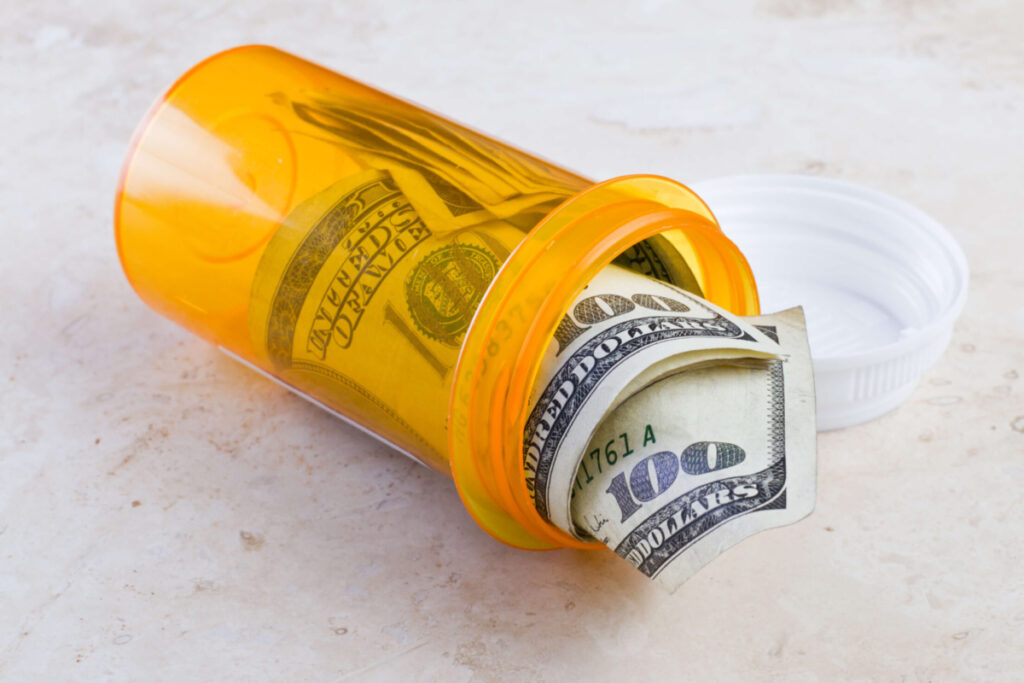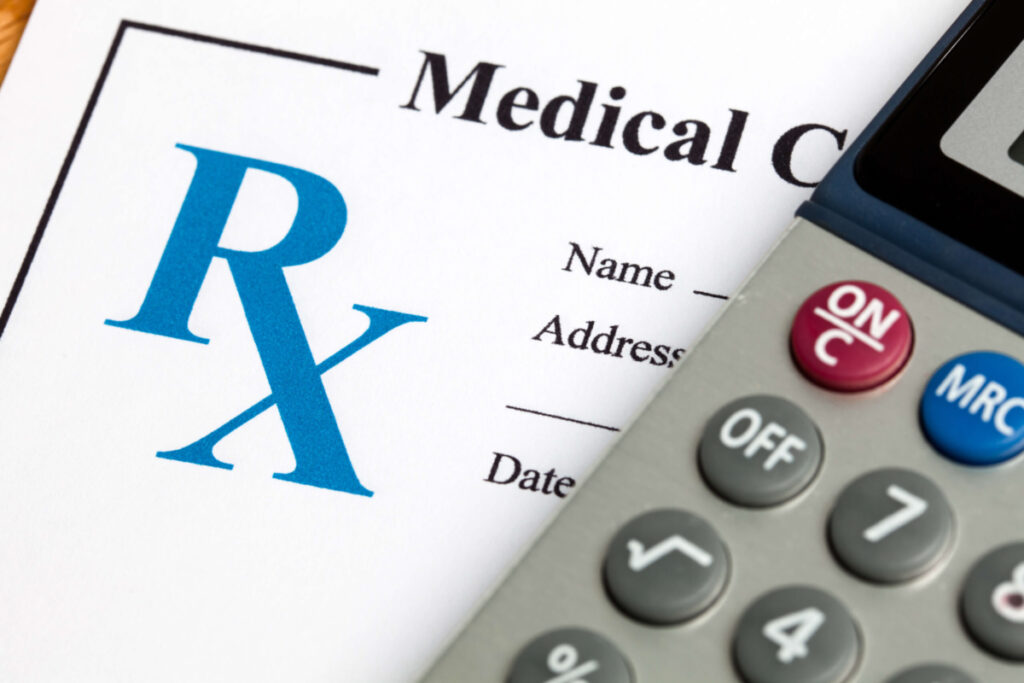Last week, Pennsylvania State Sen. Senator Thomas Killion submitted a first-in-the-nation proposal to reduce drug costs in his state using a new international drug pricing model law developed by the National Academy for State Health Policy (NASHP).
The International Reference Rates model law “imports” Canadian prices, which can cost 80 percent less than in the United States, instead of importing actual drugs. The law allows payers in a state to limit the rate they pay for high-cost drugs to what Canadians currently pay, generating immediate savings for states.
For decades, the federal government – regardless of which party was in power – promised to lower prescription drug costs with little agreement or meaningful action. In 2003, Congress enacted reforms to allow state importation of drugs from Canada, but no Administration had issued the needed regulations.
States took action. In 2018, Vermont passed the first importation law to test that provision, and Florida, Colorado, Maine, New Hampshire, and New Mexico followed suit. There are currently three state applications to import drugs from Canada pending before the federal government. In December 2019, the Trump Administration issued draft rules to implement a program, which according to states need considerable revisions to address states’ needs, and the final rules are still pending.
NASHP’s new international drug pricing model law avoids the delays and complexity of importing drugs from Canada, and imports Canadian prices instead. Under the model, a state law sets a payment rate for certain prescription drugs pegged to Canadian rates and mandates that payers in the state would pay no more than prices established by Canada, following the country’s careful and transparent review and negotiations with manufacturers
This approach does not use a price-setting approach. Instead, the model sets a payment rate for drug purchases, similar to how states now set rates for what is paid to all health care providers, such as hospitals or doctors. The law also protects local pharmacies. It ensures that consumers can access low-cost drugs as they do today, and that pharmacies would pay no more than the Canadian price.
Carefully constructed with expert legal advice and guidance by states this new model law enables a state to set payment rates equivalent to what Canadians pay for 250 high-cost drugs, which would rapidly generate significant savings for states. The model does not require federal approval and can be simply administered by states.
To identify the 250 drugs subject to the new law, state employee health plans could serve as proxies for all payers and identify the 250 highest-cost drugs its members purchase based on net price multiplied by utilization. A state’s department of insurance, or another agency identified by the state, would access the published Canadian prices and use them to set the upper payment limit on what payers should pay for those drugs. If a drug manufacturer fails to comply with the limits or withdraws its products from the market, significant penalties can be levied by the state.
This week, the Trump Administration released an executive order about international pricing, often referred to as “most favored nation,” to limit Medicare Part B payment rates to international drug price rates and to create a demonstration program to test the model in Medicare’s part D drug plan. Should the new pricing strategy be implemented in Medicare, states would have the option of using the Medicare reference pricing index for their payment rates rather than Canada’s.
Across the country, state officials are actively engaged in finding ways to reduce drug costs and other policymakers are expected to join Sen. Killion’s lead. Some are considering another new NASHP model law, which penalizes drug manufacturers for price increases that are not supported by new clinical evidence in order to protect consumers from unsupported price increases. Designed to be simple and low cost for states to administer, the bill uses the independent report of the Institute for Clinical and Economic Review (ICER) to identify high-cost drugs whose price increases exceed inflation and lack sufficient clinical evidence to justify the price hikes.
ICER is collaborating with NASHP and states to make sure that its list of drugs includes those identified by states that have enacted prescription drug price transparency laws. Manufacturers’ whose drugs are included on ICER’s list of unsupported prices would be required to report their total sales in a state to its revenue services department, which could impose hefty fines on the manufacturer equivalent to 80 percent of the revenue from the unsupported price increase from all units of the drug sold in the state. Revenues from these fines would be used to offset costs to consumers and support program administration.
Coupled with other new NASHP model laws that are designed to hold pharmaceutical sales representatives accountable and protect consumers from generic drug price gouging, NASHP anticipates an active 2021 legislative session with these models advancing state action on drug pricing. NASHP will track and report on these new legislative efforts as legislatures open their 2021 sessions. View the latest state legislative action on drug prices at its up-to-date Legislative Tracker.



